Albert Wagner | |
|---|---|
| Born | September 5, 1899 North Lincoln County, Kansas, US |
| Died | January 20, 2007 (aged 107) Smith Center, Kansas, US |
| Allegiance | United States |
| Service/ | Marines |
| Unit | USMC AEF 2nd Army Division 6th Marine Regiment |
| Battles/wars | World War I |
| Spouse(s) | Lillie |
| Children | 4 |
Albert Frederick 'Jud' Wagner (September 5, 1899 - January 20, 2007) was, at age 107, the last surviving Marine veteran from America to serve during the First World War.
Albert Frederick "Jud" Wagner was born in North Lincoln County, Kansas on September 5, 1899. In 1905 the family moved to Harlan, Kansas after losing their father. In 1916, at age 17, he joined the United States Marine Corps. After completing boot camp, Wagner was shipped to France in October 1918. He served in the Army of Occupation after the armistice. After the war, Wagner stayed in the Marine Corps until he was discharged in 1919. After his discharge, Wagner returned to Smith County. In October 2002, he received the French Legion of Honour. He was also honored with 30 miles of U.S. Highway 36 through Smith County, which was dedicated as World War I Veterans Highway.
Wagner and his wife Lillie managed the Smith County Poor Farm from 1930 to 1957. They had four children. They moved to town in 1957 and purchased one of the Lustron homes in Smith Center from the Martyn family. Wagner died in Smith Center, Kansas on January 20, 2007, at age 107. His funeral took place five days later on January 25, 2007.
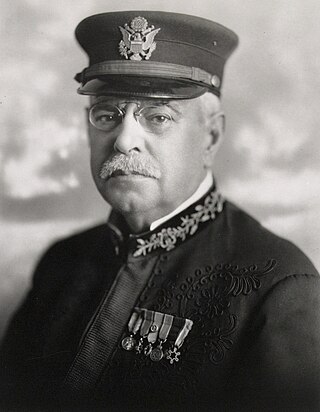
John Philip Sousa was an American composer and conductor of the late Romantic era known primarily for American military marches. He is known as "The March King" or the "American March King", to distinguish him from his British counterpart Kenneth J. Alford. Among Sousa's best-known marches are "The Stars and Stripes Forever", "Semper Fidelis", "The Liberty Bell", "The Thunderer", and "The Washington Post".

The Battle of Chosin Reservoir, also known as the Chosin Reservoir Campaign or the Battle of Lake Changjin, was an important battle in the Korean War. The name "Chosin" is derived from the Japanese pronunciation "Chōshin", instead of the Korean pronunciation.

Lyon County is a county located in the U.S. state of Kansas. Its county seat and largest city is Emporia. As of the 2020 census, the county population was 32,179. The county was named for Nathaniel Lyon, a general who was killed at the Battle of Wilson's Creek during the American Civil War.

Leavenworth is the county seat and largest city of Leavenworth County, Kansas, United States and is part of the Kansas City metropolitan area. As of the 2020 census, the population of the city was 37,351. It is located on the west bank of the Missouri River. The site of Fort Leavenworth, built in 1827, the city became known in American history for its role as a key supply base in the settlement of the American West. During the American Civil War, many volunteers joined the Union Army from Leavenworth. The city has been notable as the location of several prisons, particularly the United States Disciplinary Barracks and United States Penitentiary, Leavenworth.

Smith Center is a city in and the county seat of Smith County, Kansas, United States. As of the 2020 census, the population of the city was 1,571.
This is an incomplete list of the last surviving veterans of American wars. Exactly who is the last surviving veteran is often an issue of contention, especially with records from long-ago wars. The "last man standing" was often very young at the time of enlistment and in many cases had lied about his age to gain entry into the service, which confuses matters further.

Edmund Kirby Smith was a Confederate States Army general, who oversaw the Trans-Mississippi Department from 1863 to 1865. Before the American Civil War, Smith served as an officer of the United States Army.

George Frank Elliott was a United States Marine Corps major general. He was the tenth Commandant of the Marine Corps between 1903 and 1910.
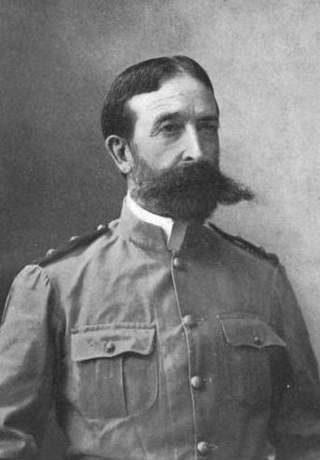
Loyd Wheaton was a United States general who fought in the Philippine–American War and in the Union Army during the American Civil War.
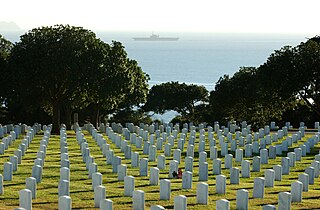
Fort Rosecrans National Cemetery is a federal military cemetery in San Diego, California. It is located on the grounds of the former Army coastal artillery station Fort Rosecrans and is administered by the United States Department of Veterans Affairs. Fort Rosecrans is named after William Starke Rosecrans, a Union general in the American Civil War.

Bruno Albert Forsterer was a U.S. Marine Sergeant who received the Medal of Honor for actions during the Second Samoan Civil War for "distinguished conduct in the presence of the enemy at Samoa, Philippine Islands, April 1, 1899." His Medal of Honor was awarded by President Theodore Roosevelt, by General Order No 55, dated July 19, 1901.
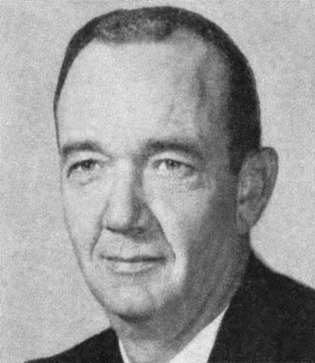
John Currie Mackie was an American World War II veteran and politician from the U.S. state of Michigan. He served one term in the U.S. House of Representatives from 1965 to 1967.

Page Henry Belcher was an American Republican politician and a U.S. Representative from Oklahoma.
Harry Richard Landis was, at age 108, the older of the last two American First World War veterans. The final one was Frank Buckles, who died in 2011. John Babcock, a naturalized American, served in the Canadian Army during the war, and also survived Landis.

Wint Smith was an American lawyer and politician who served seven terms as a U.S. Representative from Kansas from 1947 to 1961.
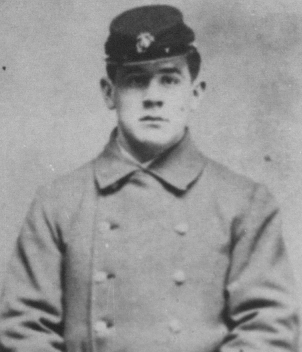
Harry Lewis MacNeal was a United States Marine who was a recipient of America's highest military decoration, the Medal of Honor, for his actions during the Battle of Santiago de Cuba during the Spanish–American War. He was one of fifteen Marines, all enlisted men, to receive the Medal of Honor during the war, and the only Marine Corps recipient for this particular battle.

George Douglas Wahl was a highly decorated officer in the United States Army with the rank of Brigadier General. A veteran of both world wars, he distinguished himself as Artillery Commander and later as Assistant Division Commander, 79th Infantry Division during Normandy and Rhineland Campaigns.
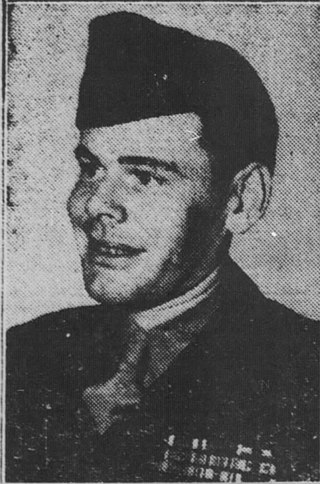
Albert Luke Ireland was a United States Marine Corps staff sergeant. Serving in both World War II and the Korean War, Ireland earned the Purple Heart medal nine times for wounds in combat, the most of any U.S. Marine in history.
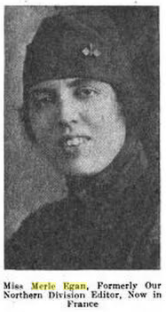
Merle Egan Anderson was a member of the United States Army Signal Corps' Female Telephone Operators Unit during World War I. She is one of the first 447 female veterans of the U.S. Army. She is credited for persisting in the effort to gain the Operators Unit veterans' status, which was eventually signed into law by President Jimmy Carter in 1977.
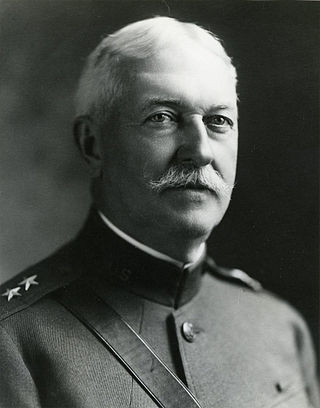
Frederick S. Strong was a career officer in the United States Army. He attained the rank of major general, and was a veteran of the American Indian Wars, Spanish–American War, and World War I. Strong was best known for his command of the Hawaiian Department from 1916 to 1917 and the 40th Division during World War I.